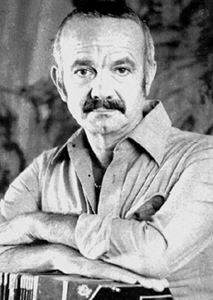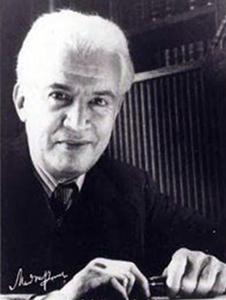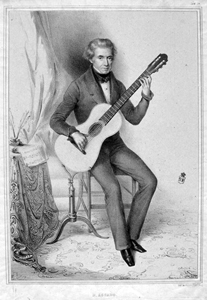
Composer: Astor Piazzolla (1921- 1992)
When, where and how did the Argentine tango originate?None of these questions can be answered with absolute precision. The tango´s genesis was not instantaneous, it occurred over a number of years, almost certainly between 1880 and the middle 1890s, and there probably was a parallel development having taken place both around Buenos Aires and Montevideo.
According to J.L.Borges, All the hustle and bustle of the city, all the emotions that move men — anger, fear, desire, sexual pleasure — become central motifs for the authors of tangos. It is not absurd to consider the tango as a vast expression of the incoherent comédie humaine of the life of Buenos Aires. And about Piazzolla´s tangos, he says … 'its passionate intensity, its baroque extravagance, its refinement, its violence, its longing. I adored his tangos the way I cherished my sister, the way I would have loved a brother.'
© Miami Classical Guitar Society
Margarita Escarpa
March 25, 2017
#miamiclassicalguitarsociety #guitar #classicalguitar #composers #guitarcomposer #margaritaescarpa


